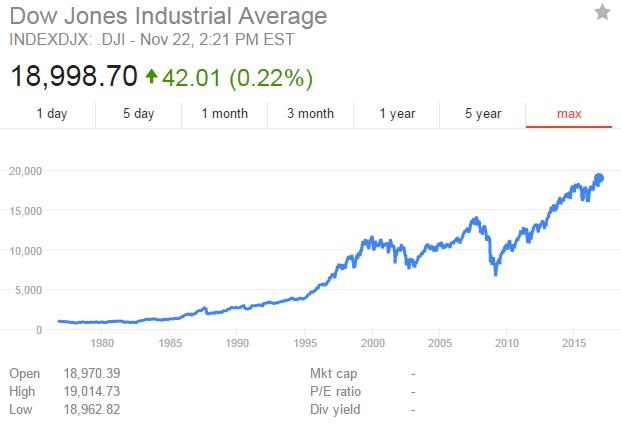In 2016 there’s about a week separating Thanksgiving dinner and OPEC’s November meeting. Plenty of time for turkey, dressing, mashed potatoes and football scores to be digested before oil producers head toward the big jug of Tums in anticipation of anything coming out of OPEC.
Goldman Sachs echoed the market’s more upbeat sentiment on a potential OPEC production-cutting deal, saying it expects oil prices to average $55 per barrel in the first half of 2017, up from its previous estimates of $45 and $50. This is the same Goldman Sachs that was calling for $20 oil in September of 2015, and again warned of possible $20 oil in February of 2016.
Goldman is now “tactically bullish” on the likelihood of an OPEC agreement and expects oil prices in New York to average $55 a barrel during the first half of 2017, up from previous estimates of $45 and $50 for the first and second quarters, analysts including Damien Courvalin said in a research note Monday, Bloomberg reported.
“With greater confidence that the global oil market can finally shift into deficit later next year, we now believe that there is a strong rationale for low-cost producers to deliver a swift production cut to normalize inventories,” the analysts said.
With the oil glut continuing to increase despite OPEC’s tentative agreement in late September, fundamentals are looking worse. Goldman’s analysts say that Saudi Arabia, Kuwait, the United Arab Emirates and Qatar will have to bear the brunt of cuts, with other members keeping output steady at current levels through the first half of 2017. There are a lot of OPEC members who need revenue to hit the bank. Venezuela’s PDVSA, for example, just skipped an interest payment on its bonds. The pressure is on for higher oil prices.
Litmus test?
PMPUs and swaps dealers have increased their net long positions while managed money in its market making capacity has gone the opposite direction. Swap dealers have seen the largest turnaround in sentiment as their net longs have increased by 12%.
Total open interest in WTI futures and options for all four reported categories has shot up 17% since the beginning of the month, with net longs increasing by a greater percentage (18%) than net shorts (15%) in that period.
The chart below shows the history of total weekly WTI open interest and WTI prices since the end of August.
Other experts, stock market prognosticators and economists are trying to figure out if today’s record reaching DJIA is a result of the positive business sentiment that is washing ashore ahead of a new business-friendly U.S. administration.
WTI shot above $49 per barrel early Tuesday with a correction back toward $47 around midday. Oil was trading below $45 at the end of last week. The Dow Jones Industrial Average climbed above 19,000 for the first time in its history today.

Thanksgiving week has become a source of uncertainty for oil companies in the past two years. “[OPEC’s] track record is horrendous,” said Mark Waggoner, president of Excel Futures. “Somebody makes another statement, things could change.”
Late today the Wall Street Journal reported that Iran and Iraq told other members they were reluctant to go along with a cut of 4.5%.
“Everybody knows that the stakes are high,” said Ibrahim Waya, a member of Nigeria’s delegation to OPEC. He predicted that the cartel’s members eventually “will be on board” with production cuts. A Reuters report Tuesday quoted Iraq’s foreign minister, Ibrahim al-Jaffari, as saying Baghdad still wanted to increase production, the Journal reported.
On the 30th, the industry will discover if will it be more talk or if there will be action coming out of Vienna.










